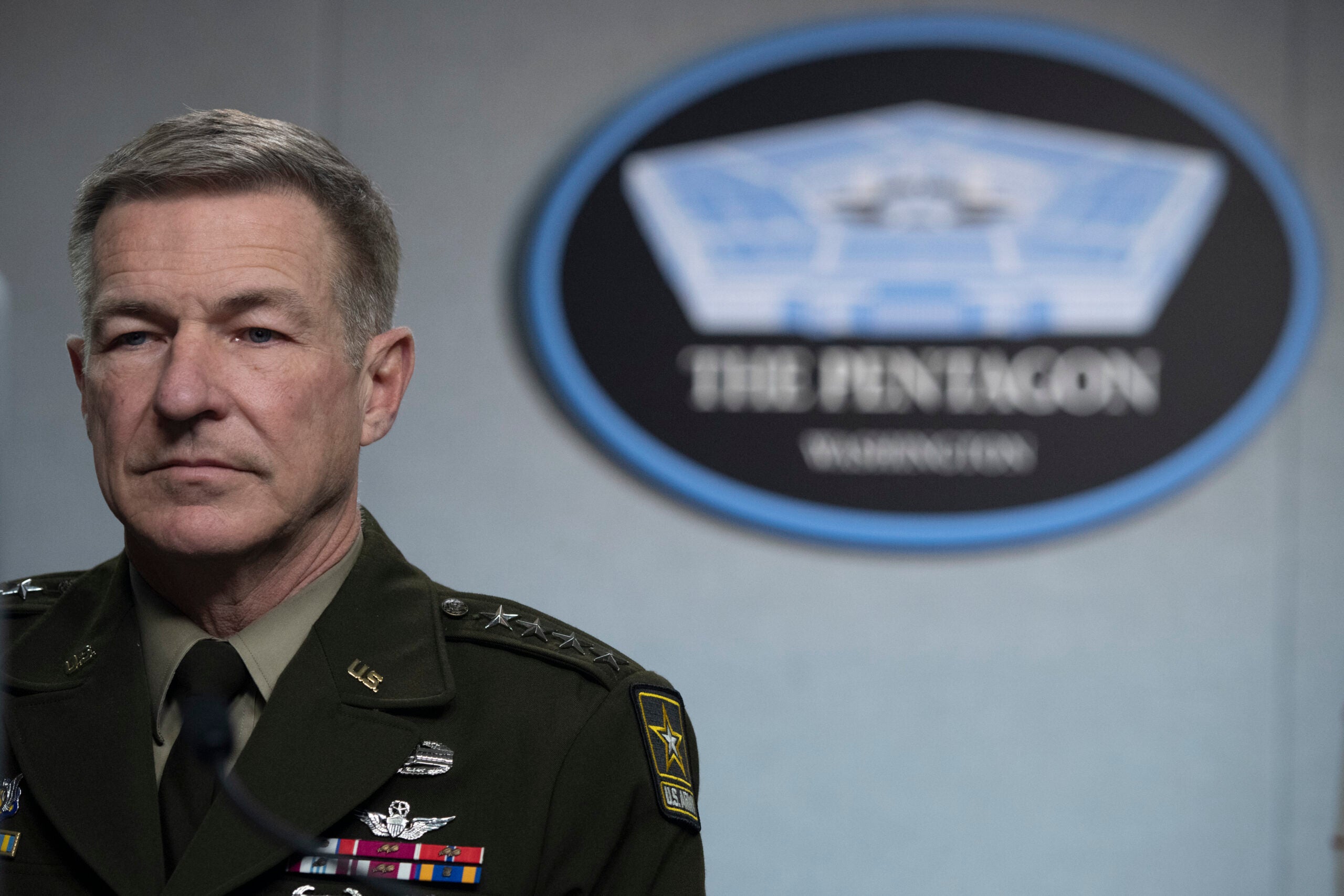Nicholas Charles Revello Plaintiff V.s Keren Laina Sangalaza Defendant
February 23, 2021
Veterans Day Message from President Trump
August 1, 2022
Navajo Code Talker Samuel Sandoval dies
August 1, 2022
Single Judge Application; Geib, 733 F.3d at 1354 (establishing that “applicable regulations place responsibility for the ultimate TDIU determination on the VA, not a medical examiner”); Board was therefore ...
Read More Here Through a collaborative effort with VSOs and other representatives, VA launched a Claim Accuracy Request (CAR) pilot program for accredited representatives to request an expeditious review ...
In order to file a Supplemental Claim, you must add evidence that is new (or not provided to VA previously) and relevant to your case. You can file a Supplemental ...
Single Judge Application; Davidson v. Shinseki, 581 F.3d 1313, 1316 (Fed. Cir. 2009); The RO’s request distinguished between the veteran’s statements and the other evidence of record: “rivate medical ...
Single Judge Application; “The Federal Circuit made it clear that the Board is not bound by ; Overton, 30 Vet.App. at 264 (“he Board is required to discuss any relevant ...
Proposed forms for future coverage determination requests would collect information on the four most commonly requested plans, including: Section 4021(b)(3) church plans, Section 4021(b)(9) plans which are established and maintained ...
Hi All,Long story short: Filed a claim for an increase in October 2014 at the advice of two other vets, and all claim submissions were denied. I cried and was ...
198 Veterans News - Copyright AllRights Reserved.
:quality(70)/cloudfront-us-east-1.images.arcpublishing.com/mco/T56ADX64ANDYNP5MWRKCULXRZA.jpg)



:quality(70)/cloudfront-us-east-1.images.arcpublishing.com/mco/QBYJTGYCQBHSVITAL32RAO7HAA.jpg)




:quality(70)/cloudfront-us-east-1.images.arcpublishing.com/mco/YVREBMCGTNFNTI6PSBKVQDR7CU.jpg)

